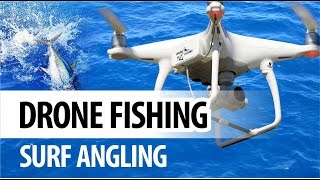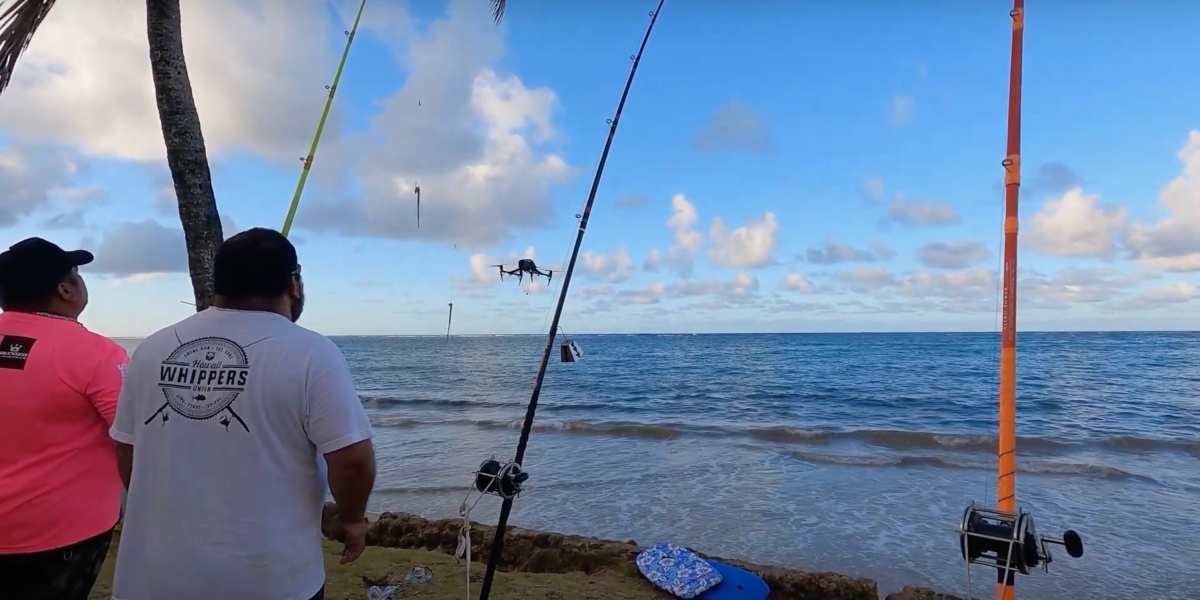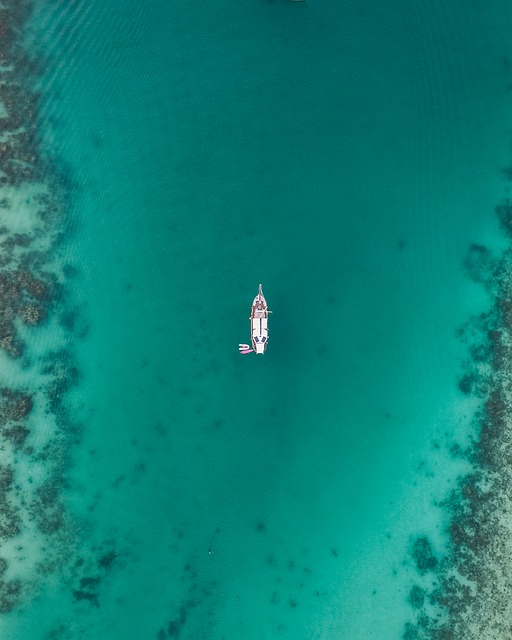
In this article, we'll look at the basics of a drone fishing rig. We'll also cover what you need to be aware of when choosing your drone and how it will perform over time. We'll then discuss ways to get the best out of your drone. Keep reading to learn more. You'll soon have the drone of your dreams! Let's go !... and maybe catch some fish!
Basic drone fishing equipment
You will need a good set hooks to get started with drone fishing. The fishing line should have a doubled length and be either mono or braided. The fishing line should be doubled and tied with a Cat's Paw Loop (or Uni knot). You'll also need a sinker between 2-8 ounces and hooks for attaching to each second section of your backbone. Finally, you will need to attach the lead loop of a snap swivel and end loop of your drone.
There are many ways to create a fishing drone. The simplest method is to attach a hook to your drone's landing gear, and spin it until the line comes free. You can also use a dropper or drop line to keep the fishing line down below the drone. Droppers allow you to keep your main line under the drone, without it getting tangled up with propellers. A dock and battery pack can also be added to the fishing drones.
Once you've purchased the basic drone fishing rig, you'll need to purchase some additional equipment. You will need a long fishing line (about 700 meters), as well as a bait-dropping device. These are optional accessories, but they can make your drone fishing adventure more enjoyable. A good drone will allow you to see more of your surroundings and be able spot fish much easier.

Payload for drone fishing system
Safety precautions must be followed if you are going to fly a drone to catch fish. Your drone should not be flown in strong winds or rain. Here are some suggestions:
First, ensure that your drone is strong enough to carry your weight. It won't be stable if loaded with braided rope or heavy lures. The wind could also cause the drone to drift off course if it is fishing in a coastal area. It is also important that you check your local laws and regulations, as some may not allow the use of drones for fishing. If you decide to fish with your drone, make sure it has a good carrying capacity.
The next step is to determine which accessories you'll need to mount on your drone. A good rule of thumb is to use a rigging system that has a central attachment point to reduce weight distribution problems. The most suitable attachment points are the motor struts, landing gear, and legs of the drone. Payloads attached to the camera and/or gimbal can cause damage. An easy solution is to tie fishing line at each corner. This can be secured with tape to prevent it from falling out.
Battery life of drone fishing rig
Make sure you check your batteries before you go fishing with your drone. This will allow you and your drone to have a longer battery life. You can charge some drones with solar panels or car batteries. Be sure to have fully charged batteries before you begin. This will ensure that your drone is ready to fly as soon as you get to your fishing spot.

A drone's flight times are another important consideration. While some models are faster than others, a drone that can fly for just twenty-two minutes will suffice. This is a great option if you plan to spend hours on the ocean with your drone. You should also be aware that drones with low endurance are inoperable, making it difficult to catch fish.
Once you have set up the fishing rig and attached the fishing line clip or motor struts to it, Attach the bait and line to the drone. Lock the reel when you are ready for the drone to fly. The tension will build when you pull the line out and let the drone drop the bait into the water. The battery may not work properly if it isn't charged after each use.
FAQ
Can I fly my drone around my area?
Yes! These are also known as UAVs (unmanned aerial vehicle). There are many kinds of drones today. They range from small quadcopters, to large fixed-wing planes. New rules have been issued by the FAA regarding commercial use of UAVs. This means that you can legally fly them for business purposes. You should be aware, however, that UAVs flying near airports can cause interference with air traffic control systems. To operate one, you will need to obtain permission from the local authorities.
Are drones allowed at public events?
If you observe the rules, then you can fly a drone wherever you want. If you want to fly your drone in public events like parades, festivals, concerts, etc., you must get permission from the event organizers.
What's the difference between quadcopters and hexacopters?
A quadcopter can be described as a quadrotor helicopter with four rotors. It flies the same way as a traditional helicopter. It has four rotors that rotate independently. The hexacopter can be described as a quadcopter but has six rotors, instead of the usual four. Hexacopters offer more maneuverability and stability than quadcopters.
Is it possible to buy a drone from overseas?
You can buy many types of drones online. Many people prefer to buy their drones online through Amazon, eBay or Walmart. Some people prefer to buy their drones directly from the manufacturer.
Statistics
- Research and Markets predict a growth rate of 51.1% over the next five years. (thedroneu.com)
- According to the multiple listing service (MLS), houses and apartments with drone photographs are up to 68 percent more likely to sell than those without pictures. (thedroneu.com)
- According to industry research from ZipRecruiter , there are 10 cities where the typical salary for a Drone Pilot job is above the national average. (dronesgator.com)
External Links
How To
How to Fly Drones at a Beginning Level
A drone refers to a remote-controlled aircraft designed for aerial photography, surveillance and scientific research. The technology behind drones has been around since World War II. DJI's Phantom series quadcopters were first commercially available in 2010. From beginner-friendly drones such as Parrot AR Drone 2.0 through professional-grade multirotor craft like DJI Mavic Pro, many types have been available.
You can fly a drone in many different ways, including:
-
Remote control – This is when you attach a device to your hand that allows you to control the drone's flight path. There are two main types: Joysticks (like a radio), and On/Off switches (like an alarm clock).
-
Manual Control - Using a smartphone app, this method allows users to remotely operate the drone via GPS coordinates. You will need to keep track of where the drone is going and follow the directions from the app.
-
Autonomous flight - The drone takes over the piloting duties. It is basically flying autonomously and without human intervention. For the autonomous flight to occur, the drone must have a built-in camera and sensors capable of capturing images and data.
-
Triggered Flying - This method works in the same way as manual control. However, the pilot has to manually set up a route for the drone and it follows that route until reaching the endpoint. After the program is complete, the drone automatically returns to the ground.
-
Landing Gear- Some drones include landing gear that allows for safe landing if the power goes out or they run out of batteries.
-
Goggles – Pilots often wear goggles while flying to keep themselves safe from any debris.
-
Camera - Some drones can be equipped with cameras which enable you to capture photos from the sky.
-
Obstacles - Some drones can be equipped with obstacle avoidance systems that prevent them from crashing into obstacles.
-
Speed - Drones can reach speeds up to 40 mph.
-
Battery Life - Most drones are capable of lasting between 20 minutes and three hours, depending on the power that you use.
-
Some drones have a range of up to 30 miles, depending on their model.
-
Power source: Some drones will require an external power source while others can be powered by internal batteries.
-
Weight - Some drones have a weight of less than 1 pound and others weigh 4 lbs.
-
Size - The size of drones varies from small, easily carried devices to more substantial crafts that weigh in excess of 50 pounds.
-
Price - All drones fall within a specific price range, from high-end models that can cost thousands of dollars to lower-cost options starting at $100.